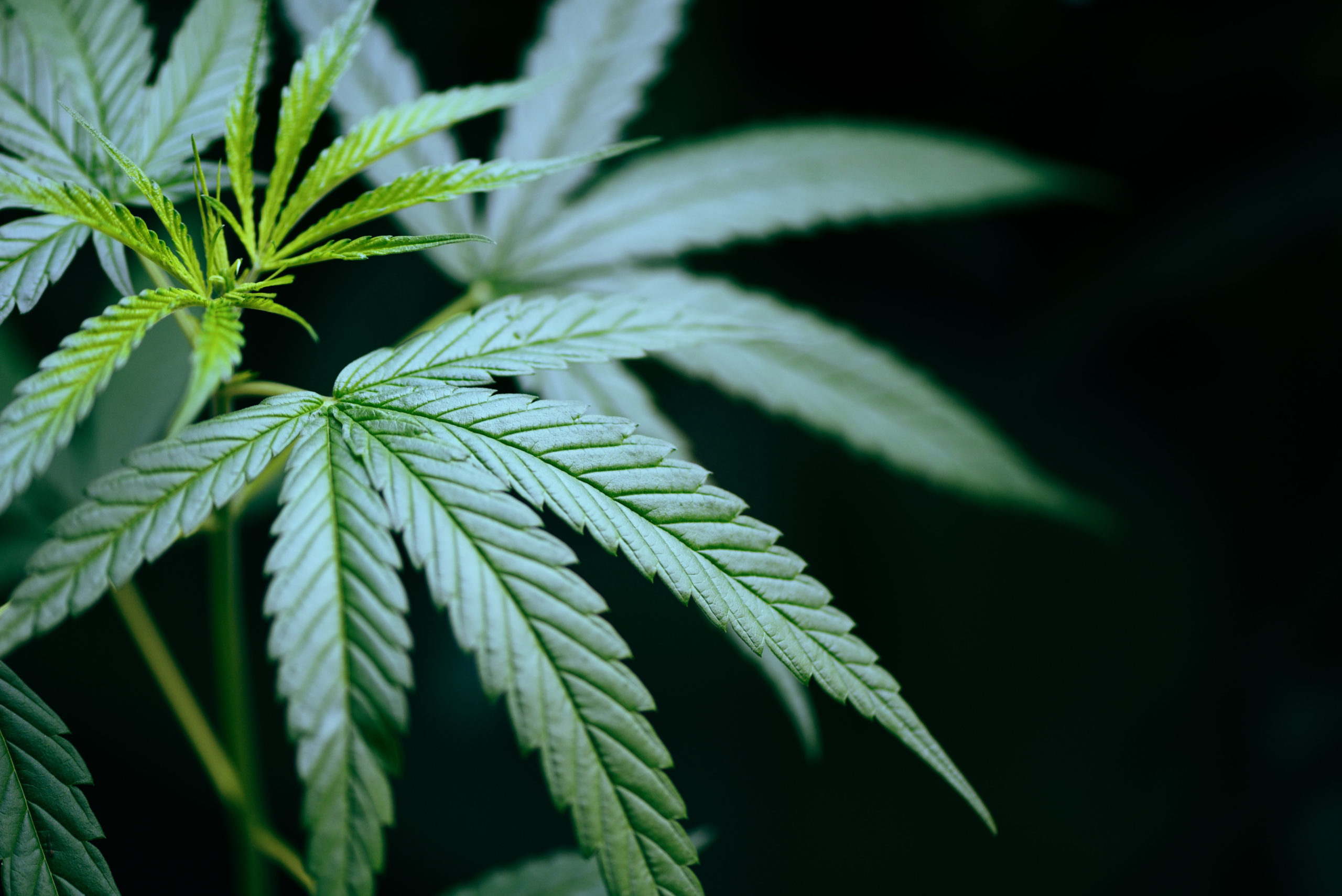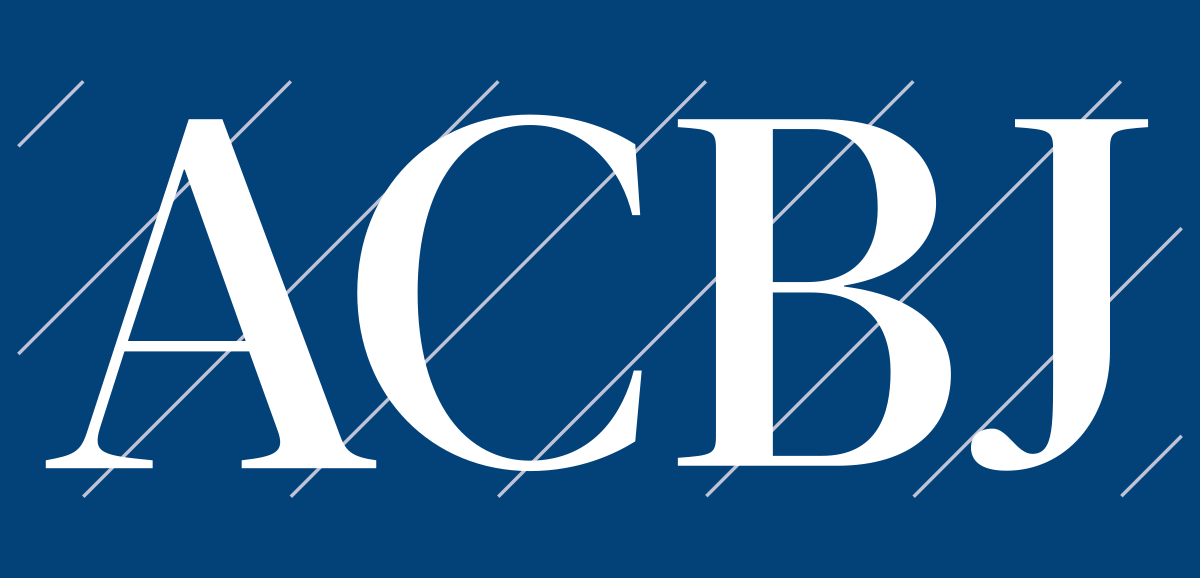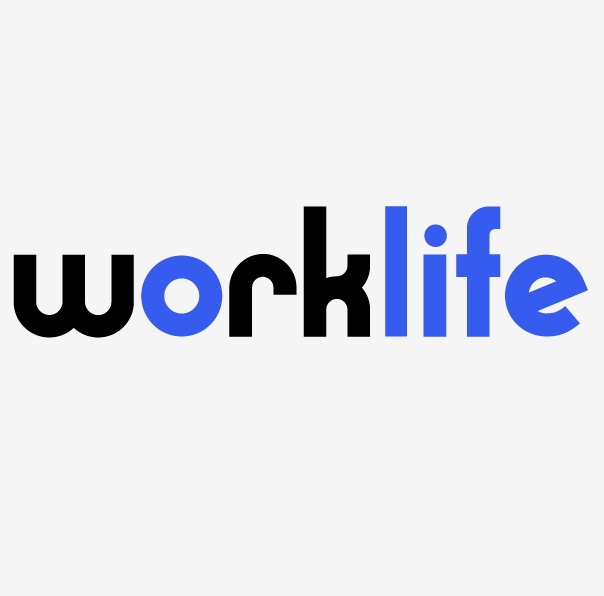
We know what you’re saying: where have you guys been hiding? Did you forget how to write? OK we hear you, but in our defense, it’s still officially summer. So what’s been happening while we were napping? Plenty.
Let’s start with one of our old favorites: drug testing in the age of recreational drugs, sex and rock and roll. On September 9, 2022, the NJ Cannabis Regulatory Commission released guidance telling us yet again that they have still not figured out the standards for the certification of Workplace Impairment Recognition Experts (“WIRE”). Consider this–in November 2020, the public voted to legalize recreational use and in January 2021, the constitutional amendment became effective and the enabling laws followed in February of that year. Those laws included the requirement of a WIRE to allow employers to engage in reasonable suspicion drug testing in anticipation of the throngs of buzzed workers meandering in following their AM bong hits. Yet the apparently overly mellow Commissioners don’t seem to be in too much of a hurry to get this WIRE thing rolling. Instead, the new guidance tells us there is no perfect test for detecting cannabis impairment. Thank you for that news flash.
Remember, the reason for all this is that a NJ employer can no longer take adverse employment actions against an employee or applicant solely because they test positive for weed. That is in part because of how long Cannabis can remain detectable. So there must be objective signs of impairment before testing is allowable. The guidance suggests that to legitimize the employer’s mandate of a drug/alcohol test, employers should appoint an interim narc observer and develop evidence based protocols for documenting observed behavior and physical signs of impairment, which is the reasonable suspicion part. But get this—the guidance says that the interim sucker observer should be sufficiently trained to determine impairment. Right, isn’t that what the WIRE certification process, that they haven’t come up with yet, is all about?
There is some useful news. The Commission did develop what the guidance refers to as a Reasonable Suspicion Observation Report template, but which in reality is called the Reasonable Suspicion Observed Behavior Report that this interim poor slob observer can fill out to help conclude whether sufficient reasonable suspicion exists to warrant the test. The form itself has some useful stuff, including the following: Determination of reasonable suspicion must be based on specific, contemporaneous, articulable observations concerning the appearance, behavior, body odors or speech. The form cleverly calls all of this, ABBS—an acronym that we bet absolutely nobody will ever use. But otherwise the form is pretty good and definitely worth using if you intend to require reasonable suspicion drug testing. So for now, use the form, while we go back to eagerly awaiting the development of the WIRE school curriculum and the construction of the WIRE academies.
If you have yet to update your drug and alcohol policies, give us a buzz (we know…it’s a cheap one but we’re just warming back up after a long hiatus).









